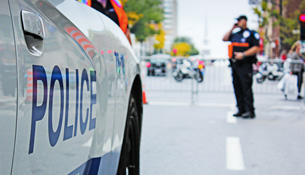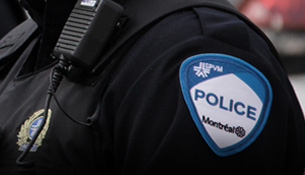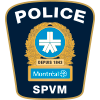
Credit Card Fraud
Using a stolen, counterfeit or altered credit card is considered to be a type of fraud. Whether you are a credit card holder or a retailer, you should always take extra care when you make or take a credit card payment.
If in doubt, ask for additional proof from the retailer or customer you are dealing with.
What to do?
If you are the victim of fraud:
- Immediately alert the issuing institution and cancel your credit card
- Contact the police or go to your neighbourhood police station
- Contact the national credit reporting agencies and ask them to watch your credit report, in case a fraudster tries to use your identity
- Equifax Canada: 1 800 465-7166
- TransUnion: 1 877 713-3393
Prevention tips
Advice for consumers
- Never give your credit card number over the phone unless you initiated the transaction.
- Be careful how you dispose of your receipts and account statements, because they contain personal information.
- Check the information on your receipts and your monthly account statement to identify anything out of the ordinary.
- When you pay with your credit card, don't let it out of your sight, and make sure your own card is returned to you. In restaurants, go with the waiter to carry out the transaction.
- In case of loss or theft, contact the issuing institution immediately to cancel all your credit cards.
Advice for retailers
Some fraudsters can be recognized by particular behaviours that you can watch out for. Do not jump to conclusions, however, because honest customers may do the same things!
Keep a close eye on customers who:
- Take a credit card out of their pocket, rather than out of a wallet
- Are carrying no other ID
- Ask how much credit is left on the card
- Arrive a few minutes before closing time
- Insist on carrying out large items even if delivery is free
- Ask for a cash advance from their credit card
- Open a credit account and buy expensive merchandise that they want to take with them right away
- Make big purchases at unusual hours
If you think you are dealing with a fraudster:
- Contact the national credit reporting agencies to find out whether the card you have been given is authentic
- Call 911 to inform the police
Indicators that a credit card has been falsified or is counterfeit:
- Uneven characters
- Unusual flexibility or thickness (compare it with a real card)
- Illegible signature
- Card expiration date
- Difference between the number on the card and the number on the credit card slip
- No hologram (tilt card to check)
- Difference between the first four digits of the card (on the back, in small characters) and the embossed figures
Find out more
Recent scams and fraud - Canadian Anti-Fraud Centre
The Little Black Book of Scams - Competition Bureau



